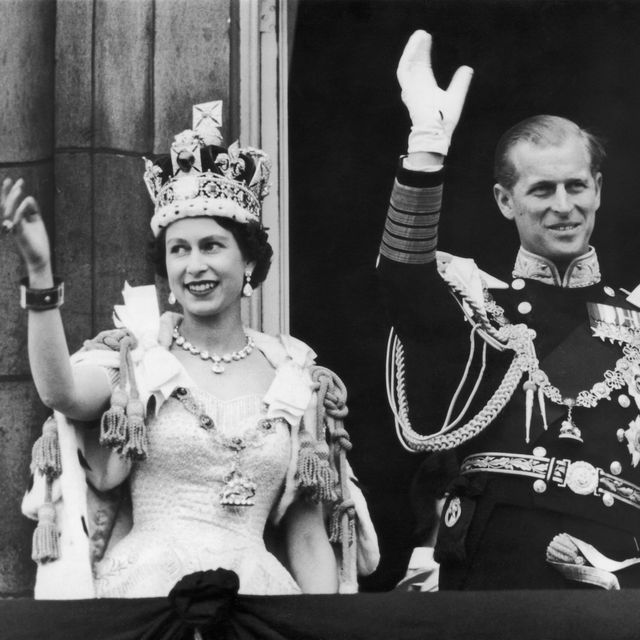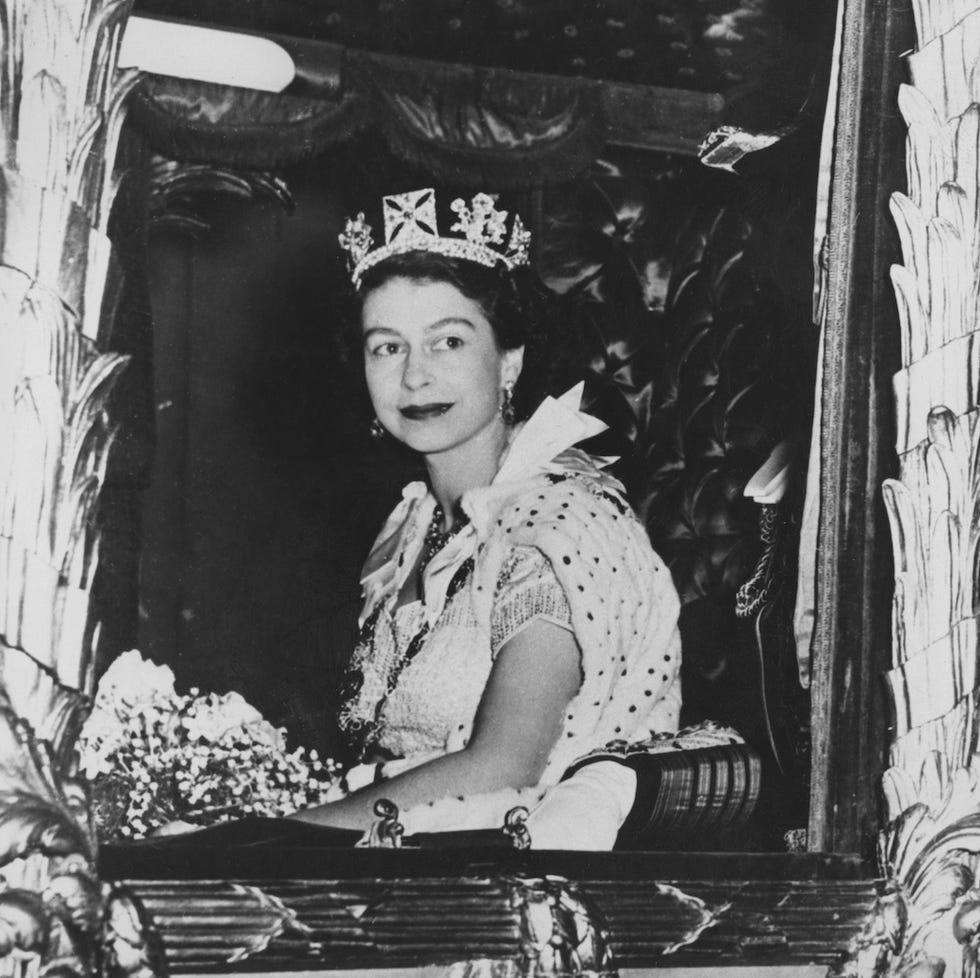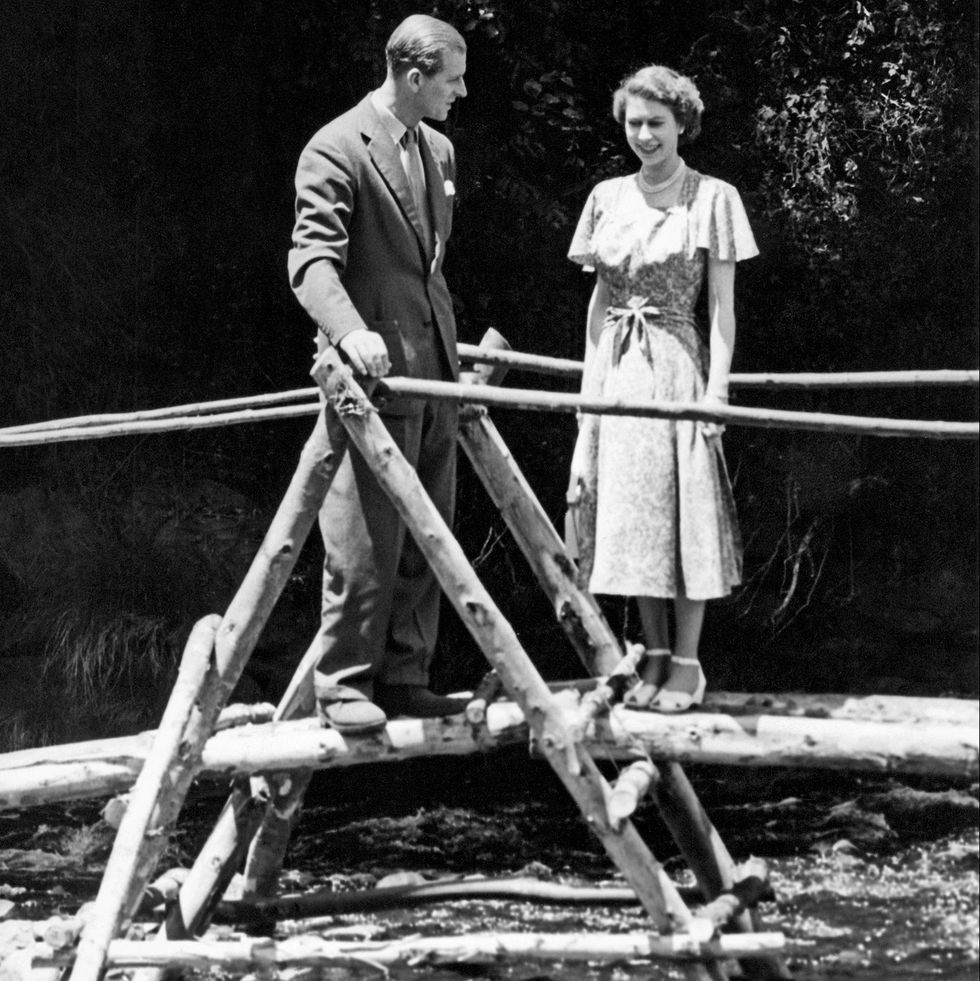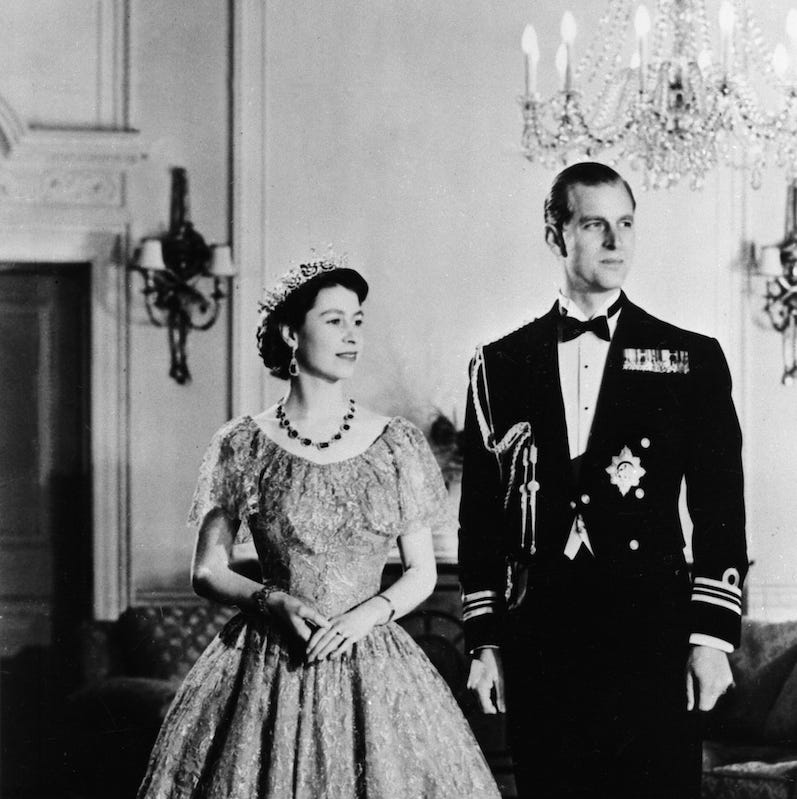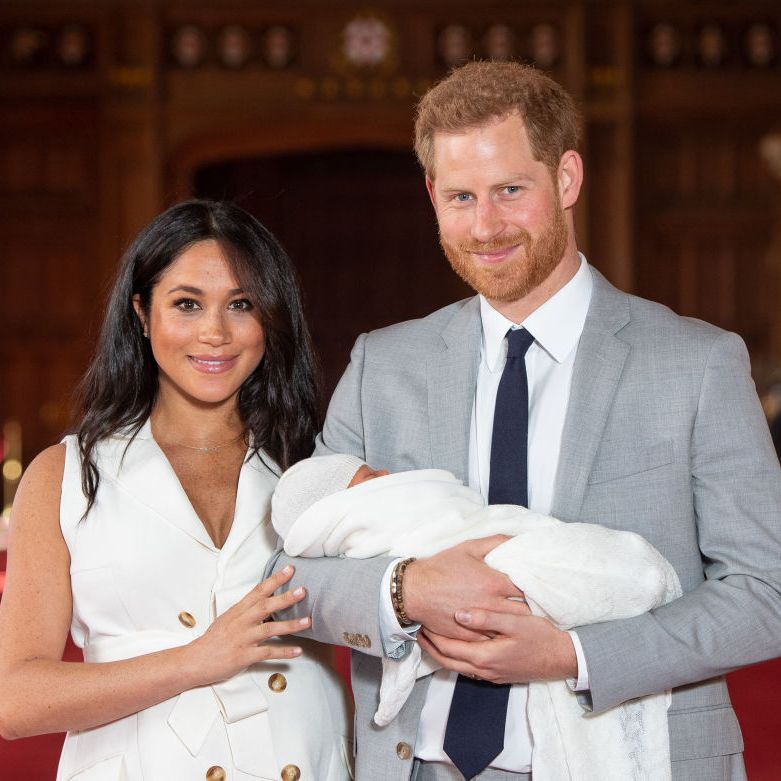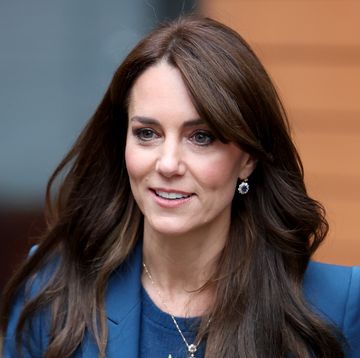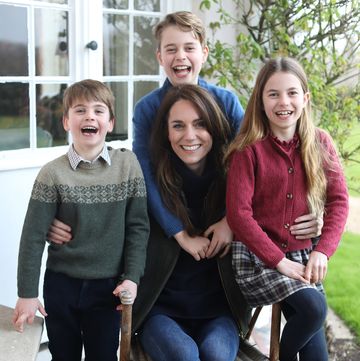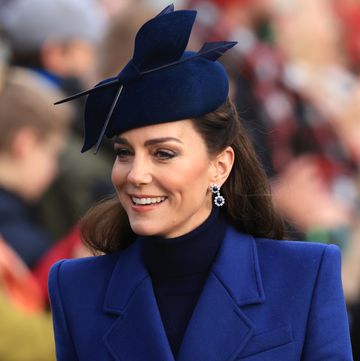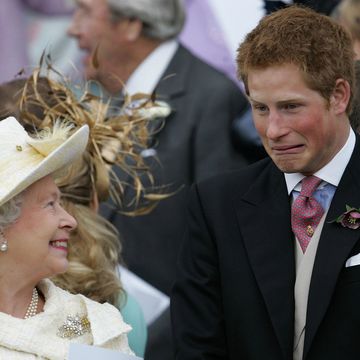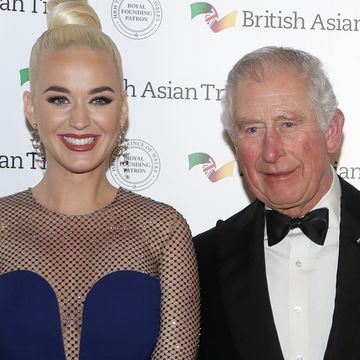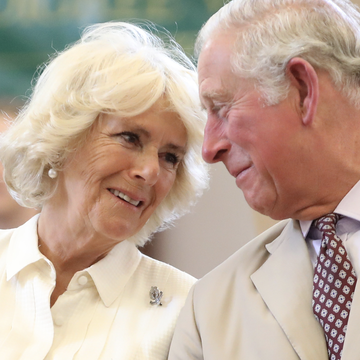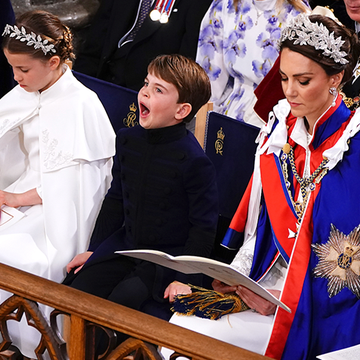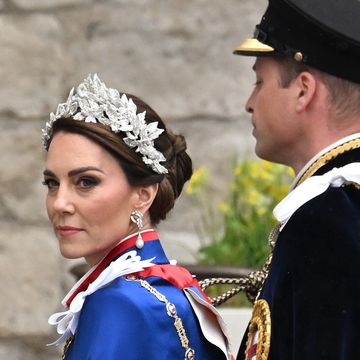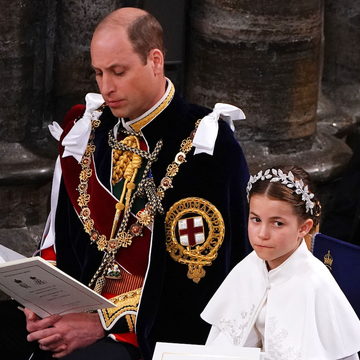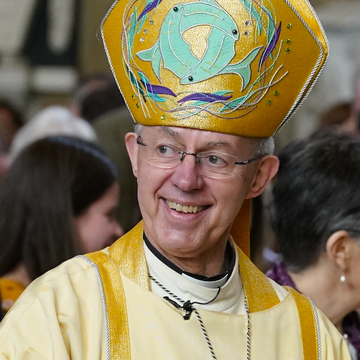- The royal family's last name was disputed when Queen Elizabeth II became the reigning monarch.
- Prince Philip insisted she take on his surname (Mountbatten), but British officials and the monarchy wanted to continue using Windsor.
- Eventually, Elizabeth and Philip compromised on Mountbatten-Windsor in 1960.
- Meghan Markle and Prince Harry used the last name for their son, Archie Harrison Mountbatten-Windsor.
Queen Elizabeth II's ascension to the throne at just 25 years old in 1952 is certainly a fascinating story. Now one of the more compelling parts is back in the news again: The controversial last name that sparked a giant feud between her husband Prince Philip and the royal family.
The Queen and Prince Philip had to decide on a surname to pass down to their descendents, debating between her name (Windsor), his name (Mountbatten), or some combination of the two. More than six decades later, the effects of their decision are still playing out. Yesterday, Prince Harry and Meghan Markle announced the name of the royal baby: Archie Harrison Mountbatten-Windsor. If you've seen The Crown, then you know how much drama was behind that hyphenated surname.
Queen Elizabeth II originally had the last name Windsor.
On February 6, 1952 — the same day that Elizabeth's father, King George VI, died — royal biographer Hugo Vickers notes that Elizabeth was asked by her Private Secretary at the time, Martin Charteris, about what name she would rule under (also known as her "regnal name"). Her response? "My own, of course." The only caveat is that she needed to add the number "II," in order to differentiate herself from Queen Elizabeth I. Just like that the decision was made — no drama, no eyebrows raised.
Her last name was a different story. Why? Elizabeth's marriage to Prince Philip made the whole situation tricky. Elizabeth's last name was technically Windsor – the surname of the royal family that was established in 1917. Before that, royal family members were known by the names of the countries where their relatives ruled, and sovereigns would take the name of their "House" from their father. But seven years into his rule and motivated by anti-German sentiments stemming from World War I, King George V (Queen Elizabeth II's grandfather) decided that they would ditch this tradition, given that his House name was Saxe-Coburg-Gotha. And so, it became tradition that every royal would pass on the Windsor last name.
Prince Philip had the last name Mountbatten — but not at birth.
Prince Philip was originally born "Prince Philip of Greece and Denmark" but his family was exiled from Greece when he was just a baby. When he married Elizabeth in 1947, Philip had to abandon his foreign titles, become a British citizen, and adopt a new surname all at once. He chose Mountbatten, the last name of his maternal grandparents.
When it came time for Elizabeth to take the throne, Prime Minister Winston Churchill and the Queen Mother really didn't want Elizabeth to change the British household name from Windsor to Mountbatten. On the flip side though, Elizabeth was getting pressured by her husband to take his last name.
And so, Elizabeth was torn between two traditions. Initially, she decided to go against Philip's wish, and in 1952 declared that the Windsor named would be carried with her. Reports indicate that Elizabeth's decision deeply upset the Duke, and prompted him to complain that he was "nothing but a bloody amoeba" and was "the only man in the country not allowed to give his name to his own children."
Eight years of growing frustration later from Philip (and his uncle, Louis Mountbatten, who also strongly disliked the decision), royal couple reached a compromise. The Queen and Duke of Edinburgh declared together that they would like their kids to have the last name Mountbatten-Windsor.
The name Mountbatten-Windsor is still used today.
The Queen's descendants, other than those with the style of Royal Highness and the title of Prince/Princess, or female descendants who marry, carry the name of Mountbatten-Windsor, according to the official royal family website. Those include two of the Queen's grandchildren, Lady Louise and James, Viscount Severn (Prince Edward's kids), as well as the newest royal baby, Archie Harrison Mountbatten-Windsor. The 18-letter surname could get a little unwieldy, so it's also possible he may go by "Archie Sussex" in school, similar to how Harry was known as "Harry Wales" when he was growing up.
And so, unless Prince Charles chooses a different name when he becomes king, the Mountbatten-Windsor will continue to be the royal family's official surname.
